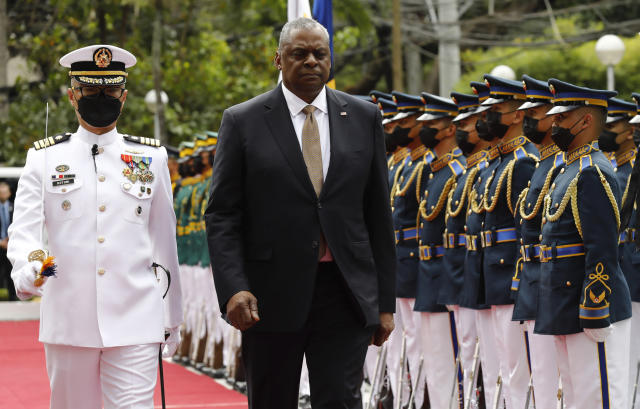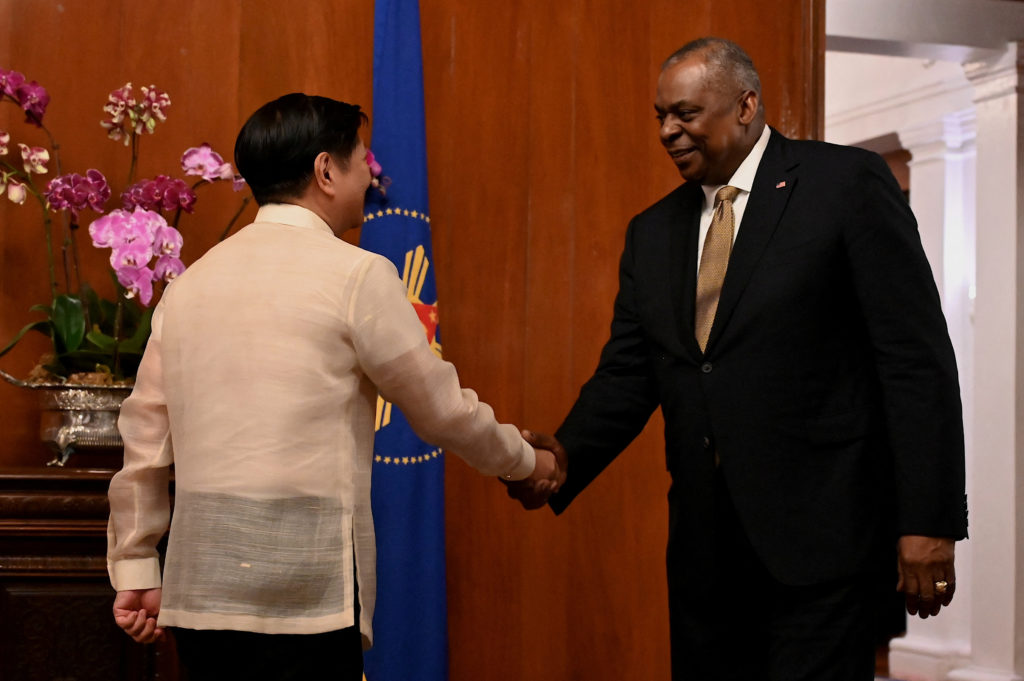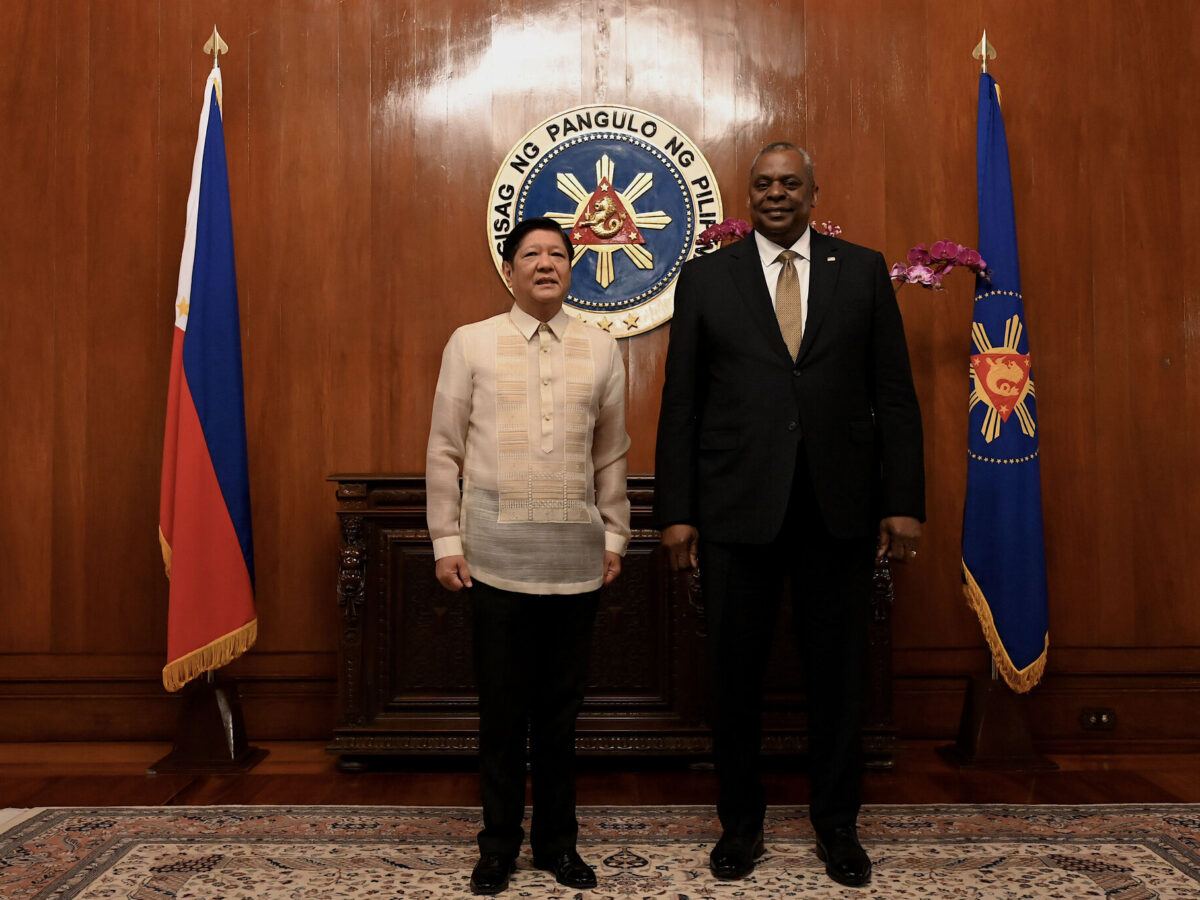Introduction
According to a joint statement from the defense departments of the two nations, the Philippines and the United States have agreed to strengthen their defense agreement, giving the United States access to four military bases in the Southeast Asian country, a highest level military presence in decades. It is said in the joint statement, “The Philippines and the United States are proud to announce their plans to accelerate the full implementation of the Enhanced Defense Cooperation Agreement (EDCA), with the agreement to designate four new Agreed Locations in strategic areas of the country and the substantial completion of the projects in the existing five Agreed Locations.” The deal was announced by the United States Defense Secretary Lloyd Austin during his visit to Manila for negotiations with newly elected Philippine President Ferdinand Marcos. Despite the agreement not creating a permanent U.S. military presence, which is against Philippine law, Defense Secretary Lloyd Austin termed it a “big deal.” While rotating in and out of the Philippines, the U.S. soldiers will have a check of two crucial locations, the Taiwan Strait and the South China Sea disputed areas. The United States is increasing its military presence in Asia as part of a series of actions meant to counter Beijing, expand access to military bases near Taiwan and South-China Sea as well as reassure its support to Indo-Pacific allies against Chinese and North Korean threats.

Defense Ties between U.S. and the Philippines
The United States and the Philippines signed the U.S. and Philippines Enhanced Defense Cooperation Agreement (EDCA) in 2014. The EDCA is a component of the U.S. and the Philippines’ long-standing security partnership agreement and permits a higher rotating presence of American personnel to move through five Philippine facilities including those close to contested maritime areas on non-permanent basis. It is because it is against the Constitution of the Philippine for foreign forces to be stationed permanently in the country. Furthermore, the defense agreement permits the U.S. military to keep defense supplies and equipment on certain facilities. Former President Duterte urged for a review of EDCA in 2016 and delayed its implementation in 2018 but the improvement in relationship between the two countries resulted in 2021 with which work related to EDCA also intensified.

In accordance with the 1951 Mutual Defense Treaty (MDT), the United States and the Philippines are obliged to help one another against any armed assault. Representatives of the Biden Administration affirmed that MDT is applicable to “any armed attack on the Philippine military.” There is a close relationship exists between the United States and the Republic of the Philippines which is characterized by a bilateral security alliance, military cooperation and a wide range of common strategic and economic objectives and interests. As a close and oldest security ally, the Philippines, located in east of the South China Sea and south of Taiwan have long been significant player in the United States’ Asia policy and a key component of the Biden Administration’s Indo-Pacific strategy. According to the joint statement released on the websites of the United States Department of Defense and on the Philippines’ Department of National Defense it is said that the recent deal will “accelerate upgrading of our joint military capabilities,” and make the partnership between the two nations “stronger and more resilient,”
China’s Response
In the resource-rich South China Sea, China and the Philippines are also engaged in heated territorial and maritime disputes. Although Washington makes no claims in the strategic waterways but it has sent out its warships, fighter jets and surveillance aircraft on patrols that it claims support the rule of law and freedom of navigation, but this has enraged Beijing. Military cooperation between the United States and the Philippines has long been viewed by Beijing as an effort to limit China’s expanding influence in region. As a response to the new deal between the United States and Philippines, China’s Foreign Ministry spokesperson Mao Ning said that the new agreement was “an act that escalates tensions in the region and endangers regional peace and stability,” while accusing the U.S. of pursuing “its selfish agenda” with it. Additionally, she said the United States is increasing its military presence in the region while maintaining a Cold War mentality. To conclude, the U.S.-Philippines agreement is a sign of improving relations following a challenging six-year period between two countries. But, the agreement would have serious strategic consequences and implications if a conflict broke out in Taiwan or the South China Sea.

Research Associate, Pakistan House



